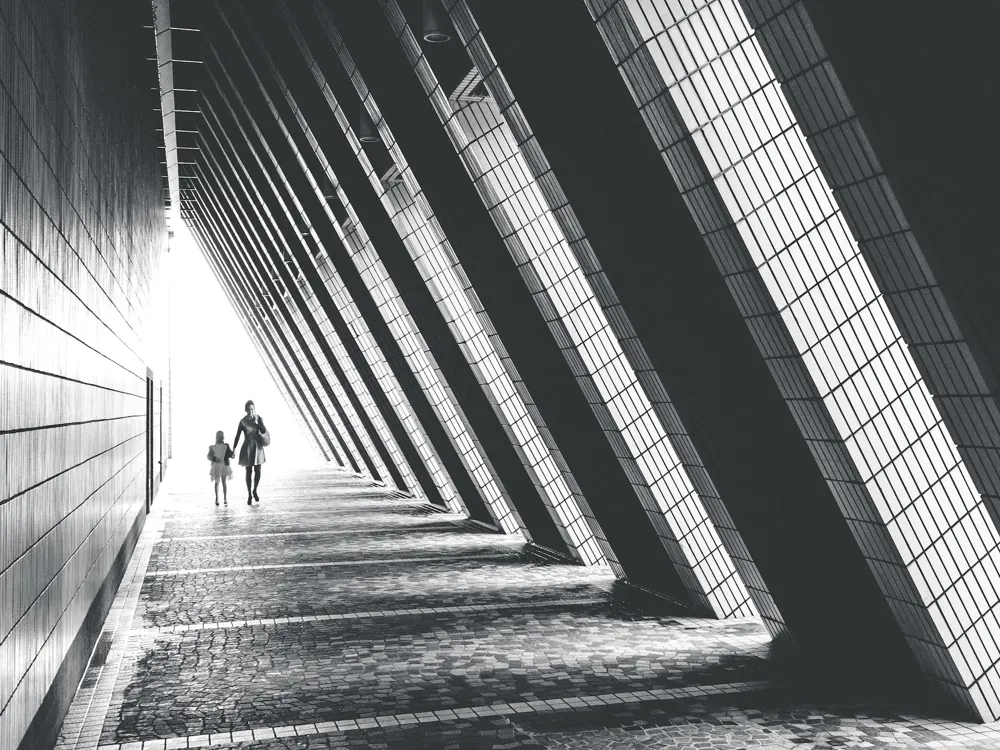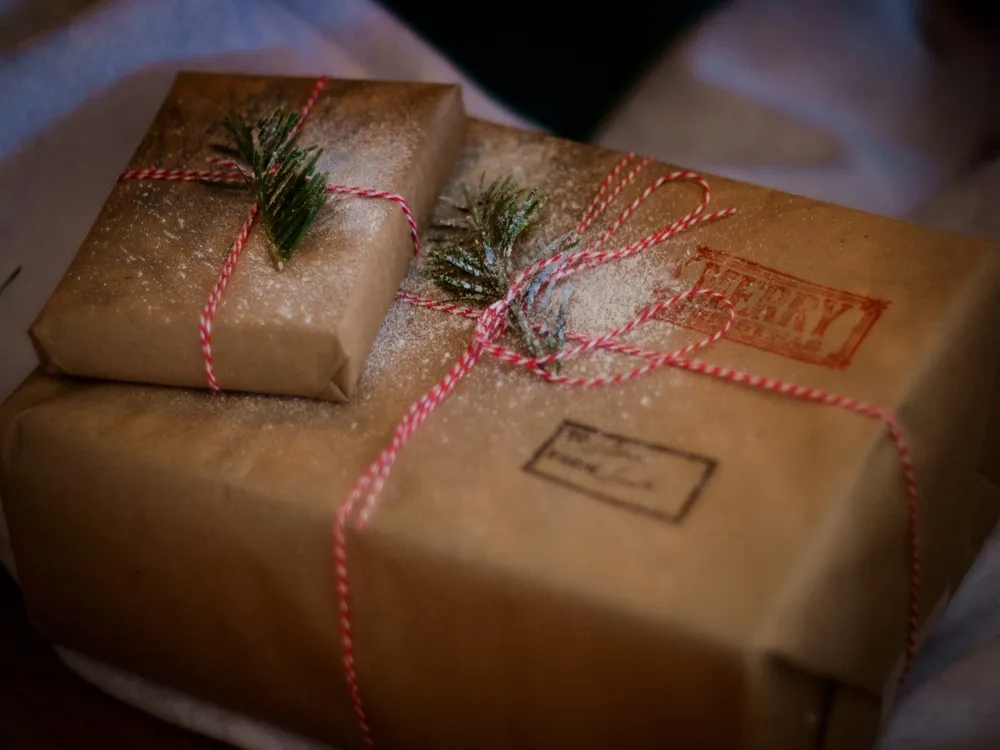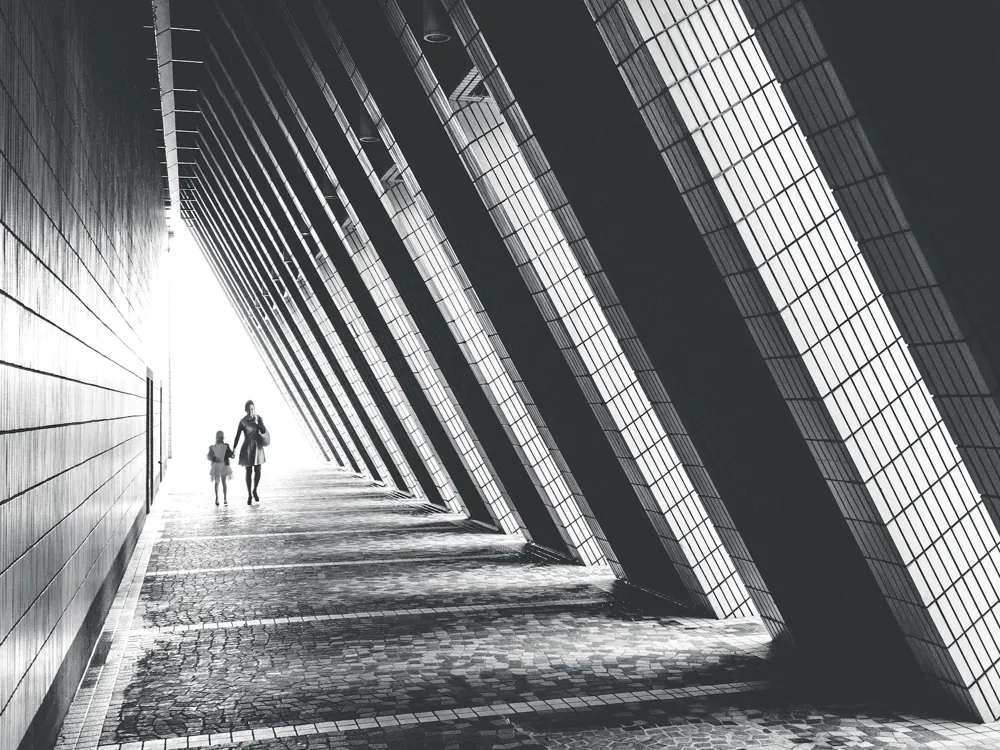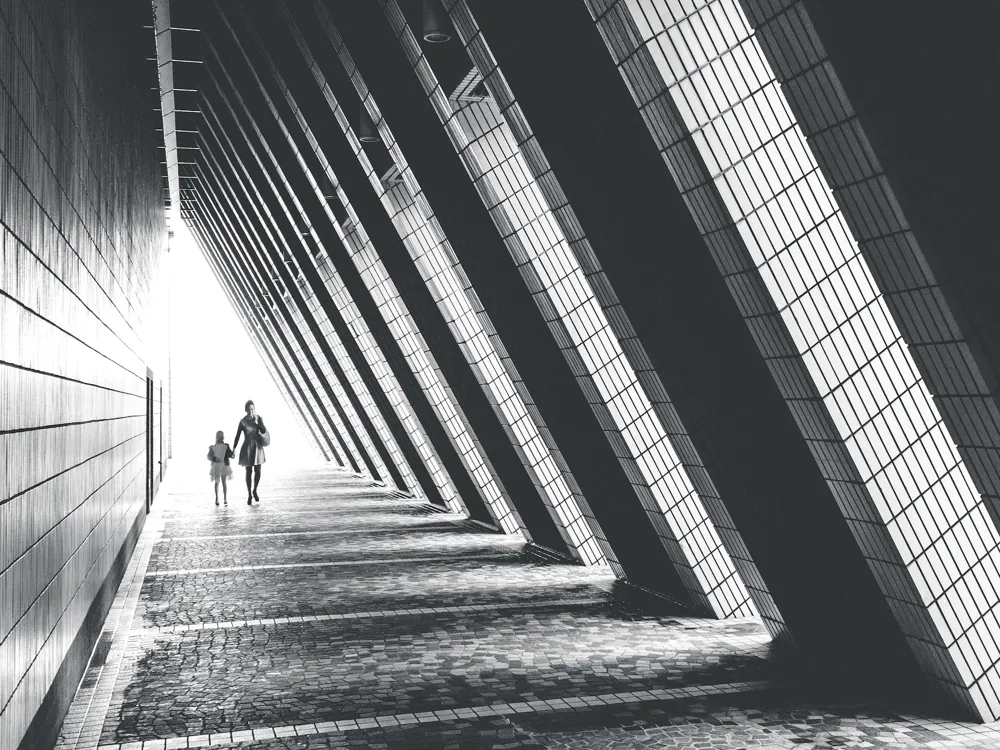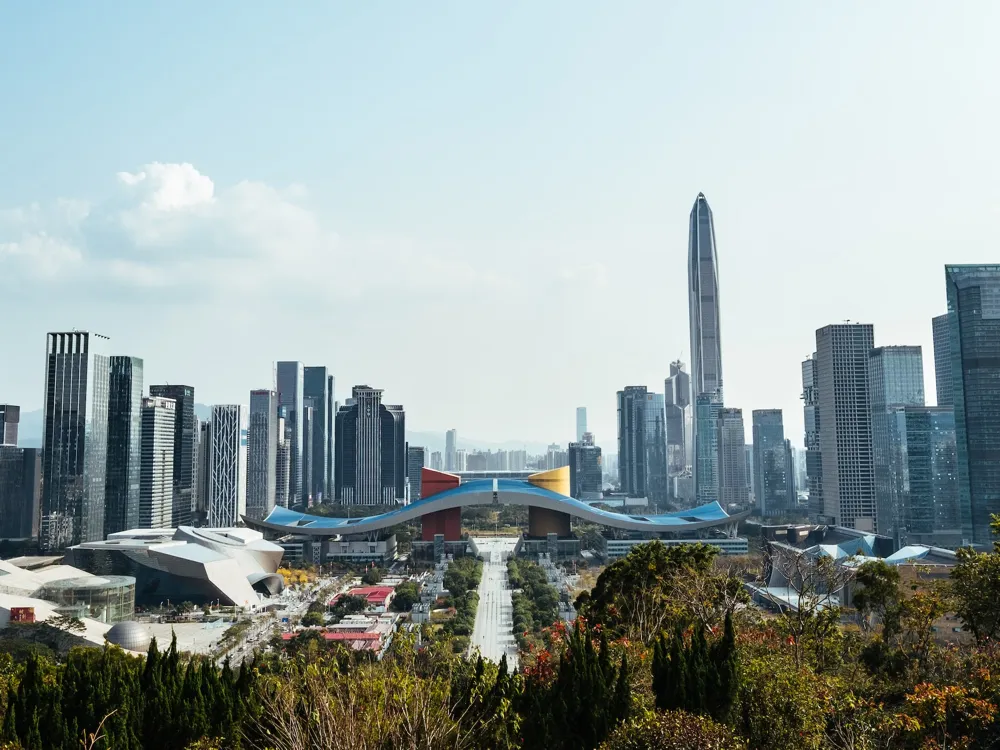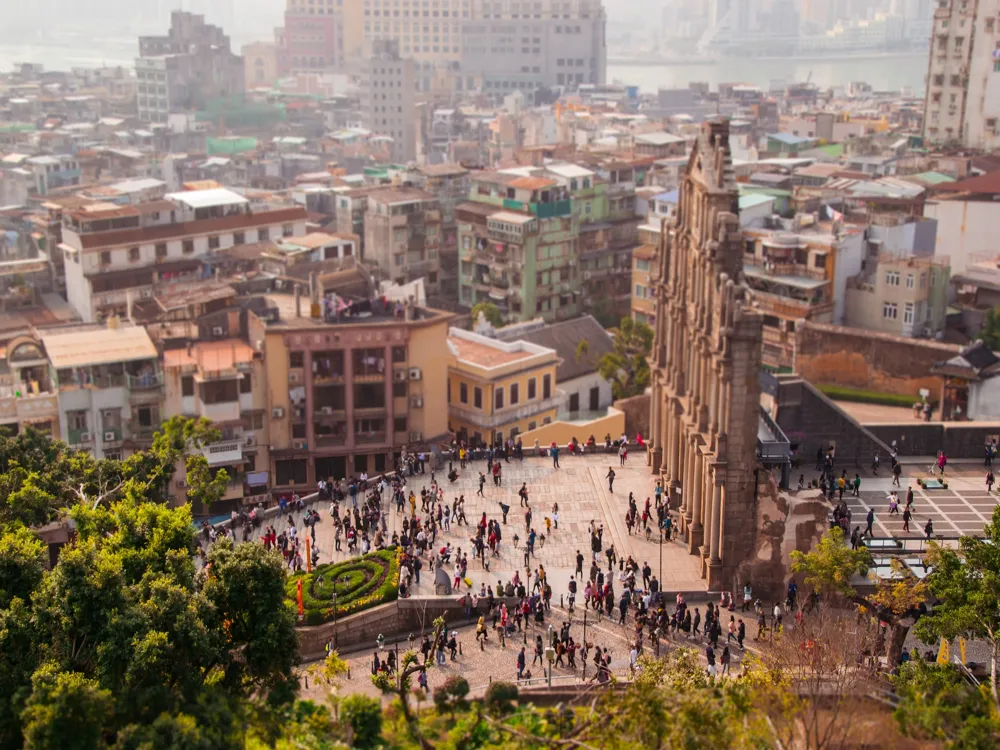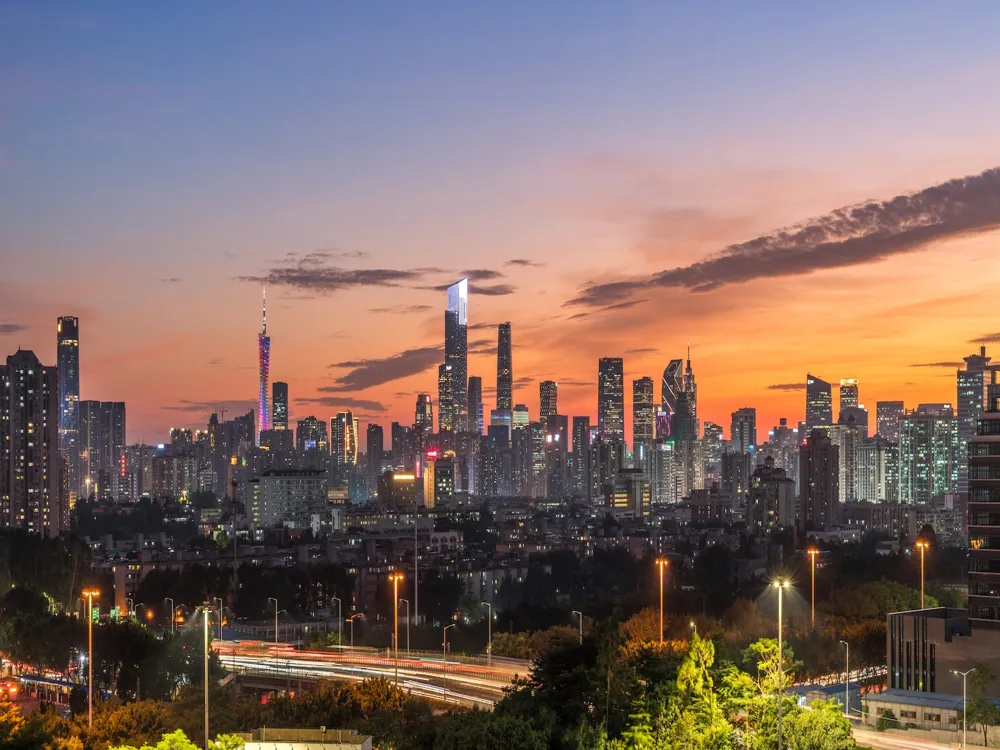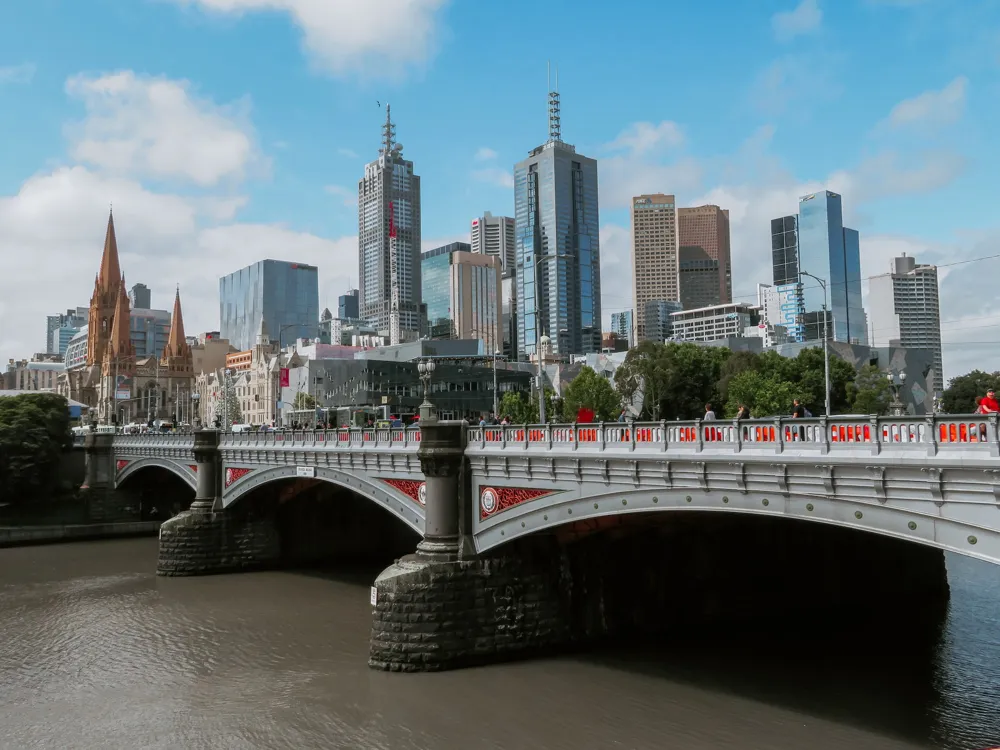The Cheung Chau Bun Festival, a vibrant and unique cultural extravaganza, is one of Hong Kong's most famous traditional festivals. Held annually on the tiny island of Cheung Chau, this event has a rich history dating back to the Qing Dynasty. The festival, traditionally coinciding with the Buddha’s Birthday, is marked by a series of rituals and activities that blend religious ceremonies with lively community celebrations. Central to the festival is the 'Piu Sik' (Floating Colours) Parade, a procession where children, dressed as legendary and modern characters, appear to float above the crowd on the tips of swords and paper fans. This symbolizes the cleansing of the island from evil spirits. The Bun Scrambling Competition, another highlight, involves competitors climbing 14-meter-high bamboo towers covered in imitation buns, striving to collect as many as possible. This event, rooted in a traditional ritual of distributing blessed buns to ensure peace and good fortune, has evolved into a thrilling athletic competition. The festival also features Taoist ceremonies and operas, lion dances, drum performances, and a variety of street stalls selling festive foods and traditional crafts. These activities not only showcase the island's rich cultural heritage but also create an electrifying atmosphere that captivates visitors and locals alike. The Cheung Chau Bun Festival is more than a local festivity; it's a living showcase of Hong Kong's traditional beliefs and community spirit. It reflects the deep-rooted cultural identity of the Cheung Chau community and offers a fascinating glimpse into the blend of religion, tradition, and entertainment that characterizes Hong Kong's cultural celebrations. The architectural elements of the Cheung Chau Bun Festival play a crucial role in its overall allure and experience. At the heart of the festival's architecture is the Bun Tower, a structure that is as symbolic as it is visually striking. The tower, traditionally made from bamboo, stands at a height of about 14 meters and is covered in imitation buns, each signifying peace and good fortune. This tower is not just a spectacle; it is the centerpiece of the Bun Scrambling Competition, a modern reinterpretation of an age-old ritual. Surrounding the Bun Tower, the streets of Cheung Chau transform into a vibrant tapestry of color and activity. Temples such as the Pak Tai Temple, which plays a significant role in the festival, exhibit traditional Chinese architectural styles with intricate carvings, ornate roofs, and vibrant colors. These temples serve as the starting points for parades and are central to the religious ceremonies conducted during the festival. The temporary stages set up for Cantonese opera performances are another architectural element that adds to the festival's ambiance. These stages, often adorned with elaborate decorations and bright colors, provide a platform for traditional Chinese cultural performances, bridging the past and present. The architecture of the Cheung Chau Bun Festival is a harmonious blend of the traditional and the contemporary. It not only serves a functional purpose but also adds an aesthetic dimension that enhances the overall experience of the festival. The structures and spaces created for the festival reflect the cultural richness and community spirit of Cheung Chau, making it a captivating event for both participants and spectators. Plan your visit, especially considering the festival's popularity and the limited space on Cheung Chau Island. Accommodations on the island can fill up quickly, so book early if you plan to stay overnight. Also, check the festival schedule to make sure you don’t miss the key events like the Bun Scrambling Competition or the Piu Sik Parade. The most common way to reach Cheung Chau is by ferry from Central Pier in Hong Kong. Ferries can get crowded during the festival, so arrive early to avoid long queues. Also, be mindful of the last ferry back to avoid being stranded on the island. The Cheung Chau Bun Festival is deeply rooted in local traditions and religious beliefs. Visitors are encouraged to respect these practices, which include being mindful of one's behavior in temples and during ceremonies, and not disrupting the parades and performances. Cheung Chau offers a variety of local street foods, particularly during the festival. However, it’s important to eat at reputable stalls to avoid food-borne illnesses. Also, due to the large crowds, keep your belongings safe and stay hydrated throughout the day. Reaching the Cheung Chau Bun Festival is straightforward. The primary mode of transportation is by ferry from Central Pier in Hong Kong. There are regular ferry services that connect Central Pier to Cheung Chau, with the journey taking about 30 to 60 minutes depending on whether you take the fast or standard ferry. Once at Cheung Chau, the island is small enough to navigate on foot, allowing visitors to immerse themselves fully in the festive atmosphere. For international visitors, Hong Kong International Airport is the gateway to the city. From the airport, one can take public transportation or a taxi to Central Pier and then proceed by ferry to Cheung Chau. During the festival period, it's advisable to check the ferry schedule in advance as there might be additional services to accommodate the influx of visitors. Read More:Overview of Cheung Chau Bun Festival in Hong Kong
Architecture of Cheung Chau Bun Festival
Tips When Visiting Cheung Chau Bun Festival
Plan Your Visit
Transportation Tips
Respecting Local Traditions
Food and Safety
How To Reach Cheung Chau Bun Festival
Cheung Chau Bun Festival
Hong Kong
NaN onwards
View hong-kong Packages
Hong-kong Travel Packages
View All Packages For Hong-kong
Top Hotel Collections for Hong-kong

Private Pool

Luxury Hotels

5-Star Hotels

Pet Friendly
Top Hotels Near Hong-kong
Other Top Ranking Places In Hong-kong
View All Places To Visit In hong-kong
View hong-kong Packages
Hong-kong Travel Packages
View All Packages For Hong-kong
Top Hotel Collections for Hong-kong

Private Pool

Luxury Hotels

5-Star Hotels

Pet Friendly







